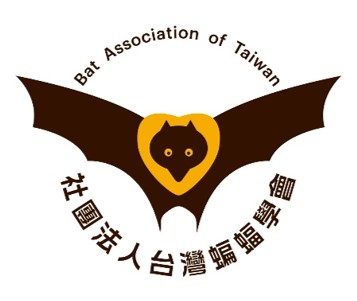蝙蝠研究
2021_觀測CA1錐體細胞在燈光切換下之細胞活性及空間表徵差異_張簡鴻伶
出版年份:2021
研究生:張簡鴻伶
分類:碩士論文
題目:觀測CA1錐體細胞在燈光切換下之細胞活性及空間表徵差異
Title:Characterizing changes of activities and spatial representation of CA1 pyramidal neurons by changing environmental lighting
摘要:
海馬迴是位於大腦內側顳葉的腦區,在學習與空間記憶的形成上扮演相當重要的角色。過去的研究發現動物探索環境時,海馬迴的興奮性錐體神經元會對空間中的特定位置產生反應,而這項反應可能會受到動物的視覺刺激所影響。在大鼠的空間探索實驗中,將黏貼在牆上的卡片轉動特定角度之後,會使得細胞的反應位置與原來產生相對角度的旋轉。將環境中的燈光關閉看起來對細胞的反應位置及大小並無顯著影響,但實際上細胞在反應區域的放電頻率會有所改變。與此完全不同的是:在蝙蝠的實驗裡,燈光的移除不僅會改變細胞的放電頻率,也會直接改變細胞的反應位置和大小。以上的結果顯示,燈光的移除會對不同物種的位置細胞產生相異的影響。截至目前為止,燈光刺激會如何影響小鼠的位置細胞表現依然尚未明瞭。因此,在本篇研究中,我們對於移除環境光源對小鼠CA1錐狀細胞的影響進行探討。透過結合雙光子影像以及頭部固定式行為系統,我們可以直接在活體小鼠上紀錄CA1興奮性神經元。我們在實驗分析上比較了開燈以及關燈狀態下細胞的活性及對空間位置的反應程度,我們發現小鼠在黑暗的狀態下會表現較高的活動力,其錐體細胞亦會表現較高的活性。在位置反應的相關性比較上,我們發現有一定比例的細胞在不同的開燈階段下的表現非常相似,而這樣的相似性並未在關燈階段被觀察到。從分析結果上,我們看到燈光刺激對於錐體細胞不同特性的影響。從本篇研究中,我們看到了錐體細胞因應視覺刺激改變所產生的反應,以及在小型頭部固定的單向行為系統中,鈣離子訊號的空間反應機制。
Abstract:
Locating in the medial temporal lobes, hippocampi are critical brain regions for learning and spatial memory formation. Hippocampal pyramidal neurons have been shown to be responsive to particular places of the environment during spatial navigation. The spatial tuning of pyramidal neurons can be affected by animals’ visual inputs. For example, in rodent studies, rotation of a cue card in the maze can cause an identical rotation of neuronal firing fields. Light switching seems to have no effect to locations or sizes of place fields but may modulate the firing rate of the field. In bats’ studies, however, place fields were found to change their locations, sizes and firing rates by light switching. These studies show distinct effects of light-switching to the spatial representation of place cells in different species. Still, the effect of light-off to the expression of mice’s place cells is unclear. Here, we investigate the effect of removing environmental lighting to mice CA1 place cells. By using two-photon imaging and head-fixed behavioral system, we recorded CA1 pyramidal neurons in awake moving mice. We analyzed and compared activity and spatial tuning of pyramidal cells during light-on and light-off recording periods. We found that mice run faster and their neurons show higher activities during light-off periods compared to light-on periods. Furthermore, cells displayed sharper spatial tuning during light-on than during light-off periods. Correlation analysis of spatial tuning curves revealed that a subset of cells expressed high similarity of spatial tuning between two different light-on sessions, and the similarity was not shown between light-off and light-on sessions in most cells. Our data have shown the effect of light stimulation to various activation properties of CA1 pyramidal cells. Our research provides a preliminary but important insight into how pyramidal neurons react to visual input removal and their modulation of the spatial tuning in head-fixed mice running in a small mobile cage.
